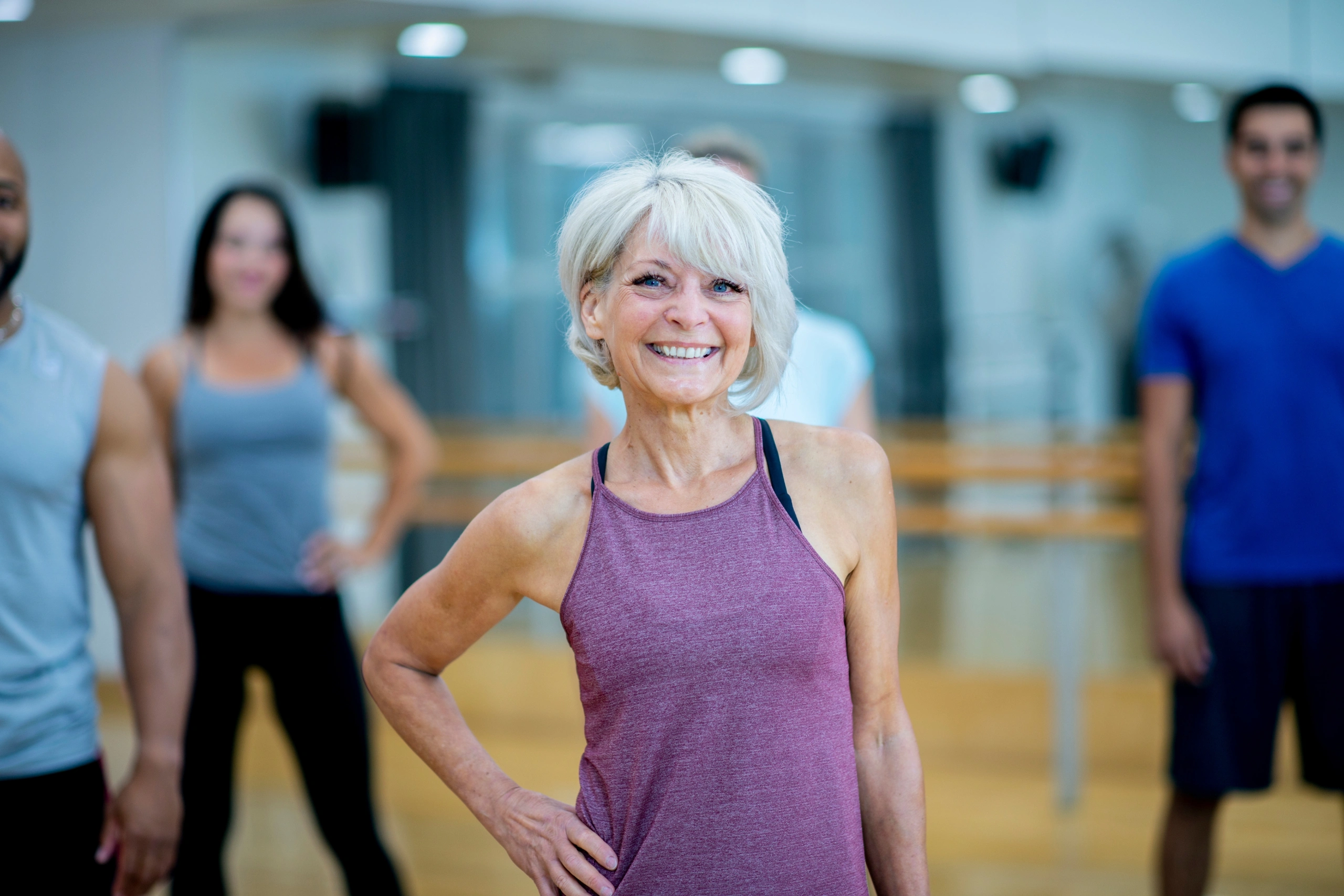As we age, maintaining strength becomes essential for independence, balance, and daily function. Strength training for seniors in Grand Rapids doesn’t mean lifting heavy weights at the gym—it’s about building functional strength that helps you move with ease and confidence.
Why It Matters:
- Reduces fall risk
- Improves bone density
- Enhances balance and coordination
- Supports joint health
According to the National Institute on Aging, strength training helps older adults maintain independence and reduce the risk of falls and chronic disease. The key is to build strength in ways that support your everyday life.
How to Start Safely:
- Consult a physical therapist. A PT can assess your current level and create a custom plan tailored to your goals and safety needs. Learn more about in-home physical therapy in Grand Rapids.
- Start slow. Focus on bodyweight exercises like sit-to-stand, wall push-ups, or step-ups.
- Work with your environment. Use kitchen counters for balance, stairs for leg strength, or soup cans for light resistance.
Best Type of Exercises: The most effective strengthening exercises for older adults are compound movements—exercises that use multiple joints and muscle groups at once. These mimic real-life activities and build functional strength more efficiently. Examples include:
- Sit-to-Stand: Begin seated in a sturdy chair. Cross your arms or keep them out in front for balance. Stand up slowly, then sit back down with control. Great for hips, knees, and ankle strength.
- Step-Ups: Use a bottom stair or low step. Step up with one foot, then bring the other up to meet it. Step back down one foot at a time. Targets legs, glutes, and balance coordination.
- Wall Push-Ups: Stand facing a wall, arms extended, hands flat at shoulder height. Slowly bend elbows to bring your body toward the wall, then push back to the start. Strengthens shoulders, arms, wrists, and engages the core.
Choose What You Enjoy: There are countless ways to strength train—from resistance bands and bodyweight movements to light dumbbells or functional activities around the house. The best way to stay consistent is to choose an approach you actually enjoy. Whether that’s strengthening with a PT at home, dancing, gardening, or a group class, what matters most is that you keep moving in ways that feel good for your body.
Pro Tip: Progress slowly and consistently. Pain is a red flag—not a normal part of strength training. It’s also helpful to monitor your progress with tools like the 5 Times Sit to Stand Test, commonly used by physical therapists to track lower body strength.
Ready to get stronger at home?
Contact Vitality At Home for a personalized strength plan that fits your lifestyle and helps you stay strong safely.



